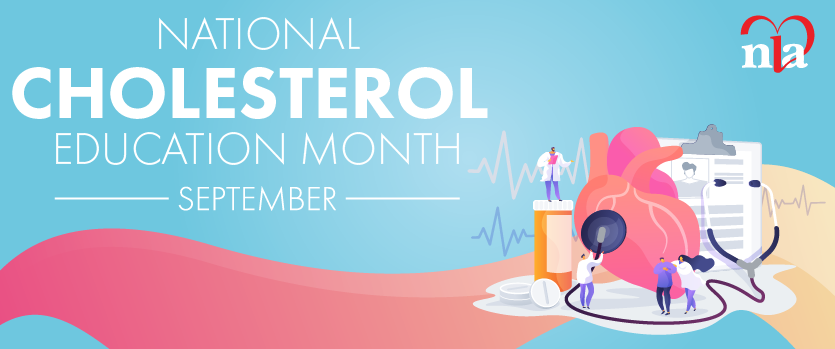Obesity, Dyslipidemia, and Cardiovascular Disease Risk: A Joint Expert Review from the Obesity Medicine Association and the National Lipid Association
This joint expert review by the Obesity Medicine Association (OMA) and National Lipid Association (NLA) provides clinicians an overview of the pathophysiologic and clinical considerations regarding obesity, dyslipidemia, and cardiovascular disease (CVD) risk.
Among individuals with obesity, adipose tissue may store over 50% of the total body free cholesterol. Triglycerides may represent up to 99% of lipid species in adipose tissue. The potential for adipose tissue expansion accounts for the greatest weight variance among most individuals, with percent body fat ranging from less than 5% to over 60%. While population studies suggest a modest increase in blood low-density lipoprotein cholesterol (LDL-C) levels with excess adiposity, the adiposopathic dyslipidemia pattern most often described with an increase in adiposity includes elevated triglycerides, reduced high-density lipoprotein cholesterol (HDL-C), increased non-HDL-C, elevated apolipoprotein B, increased LDL particle concentration, and increased small, dense LDL particles.





.jpg)
.png)










